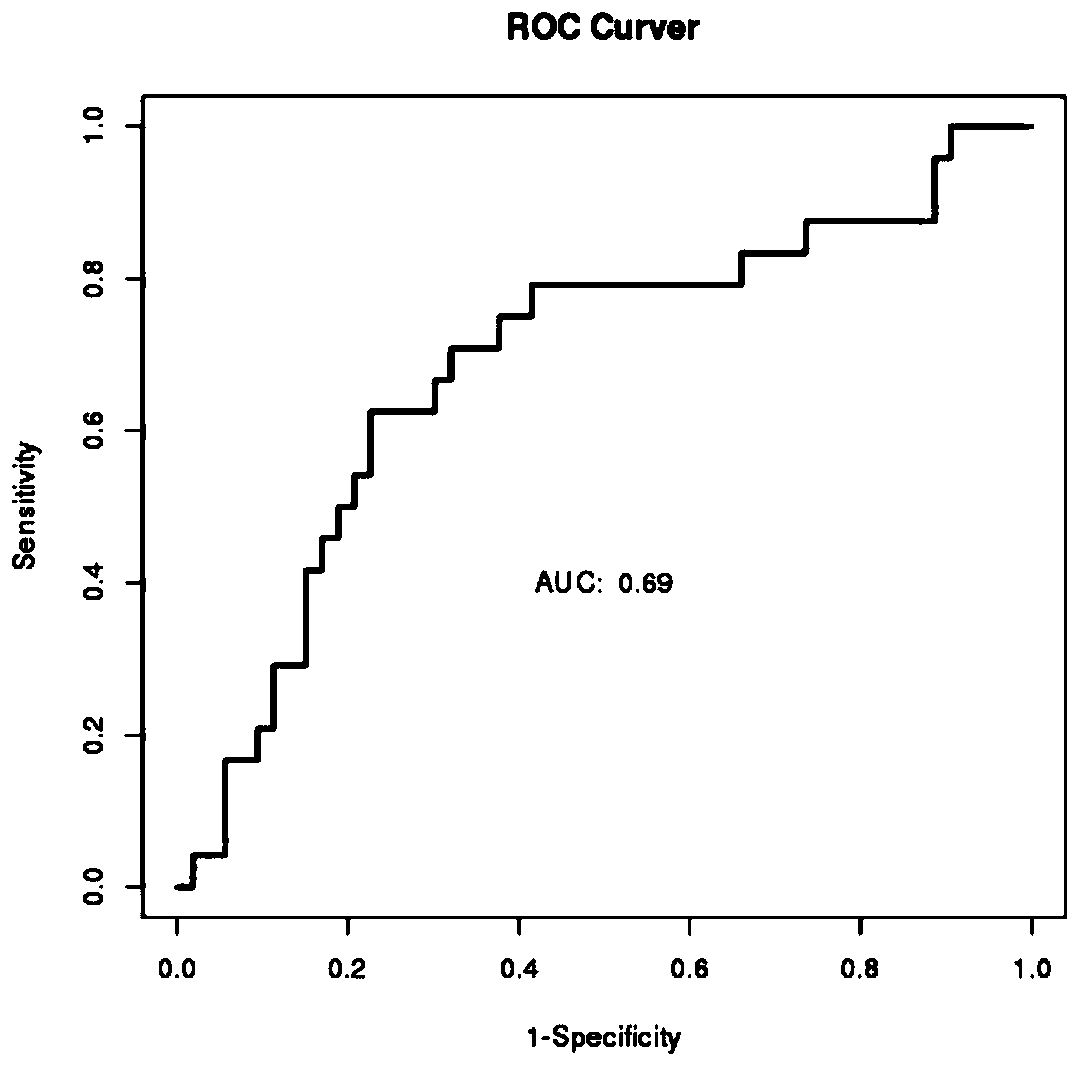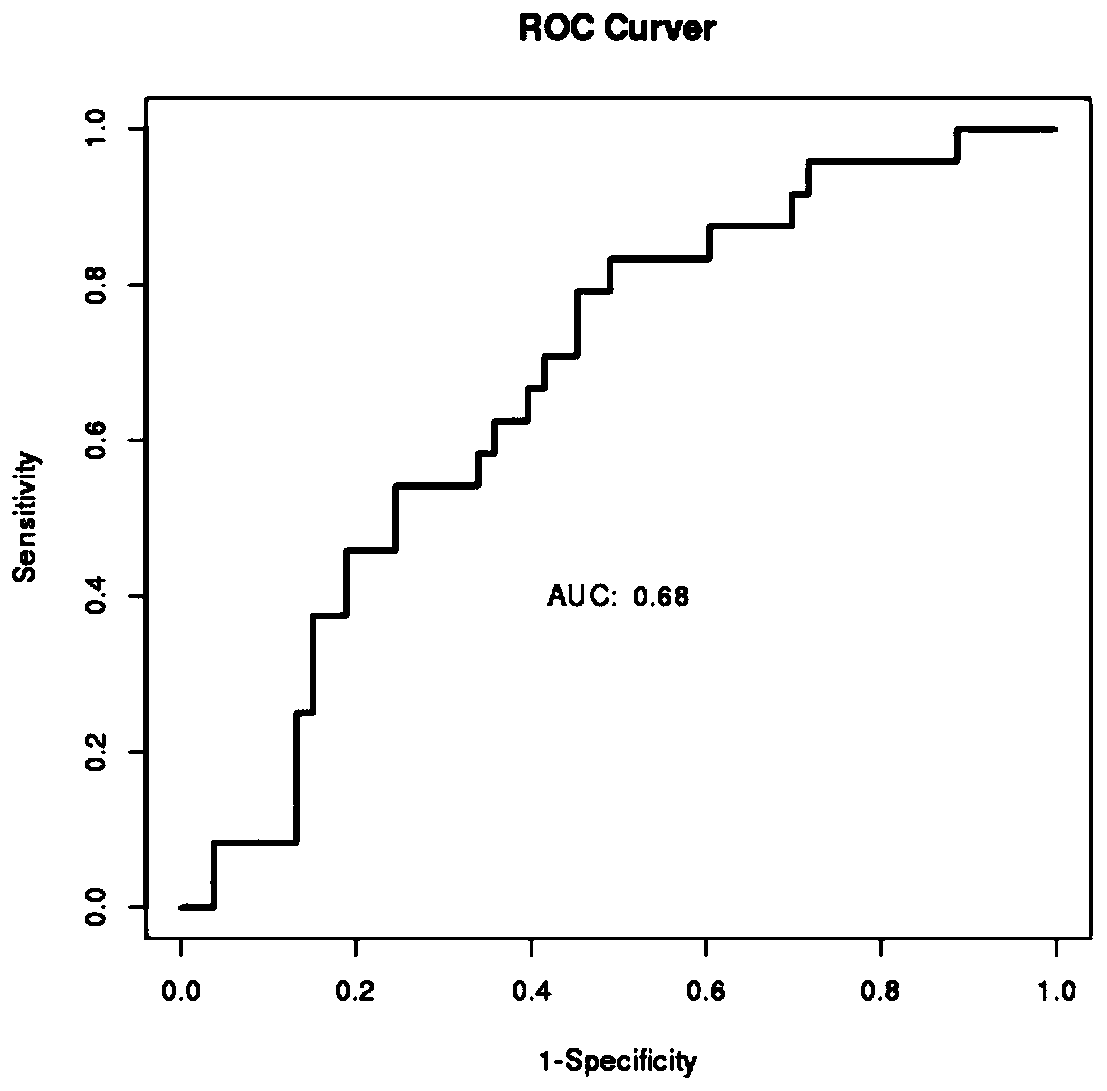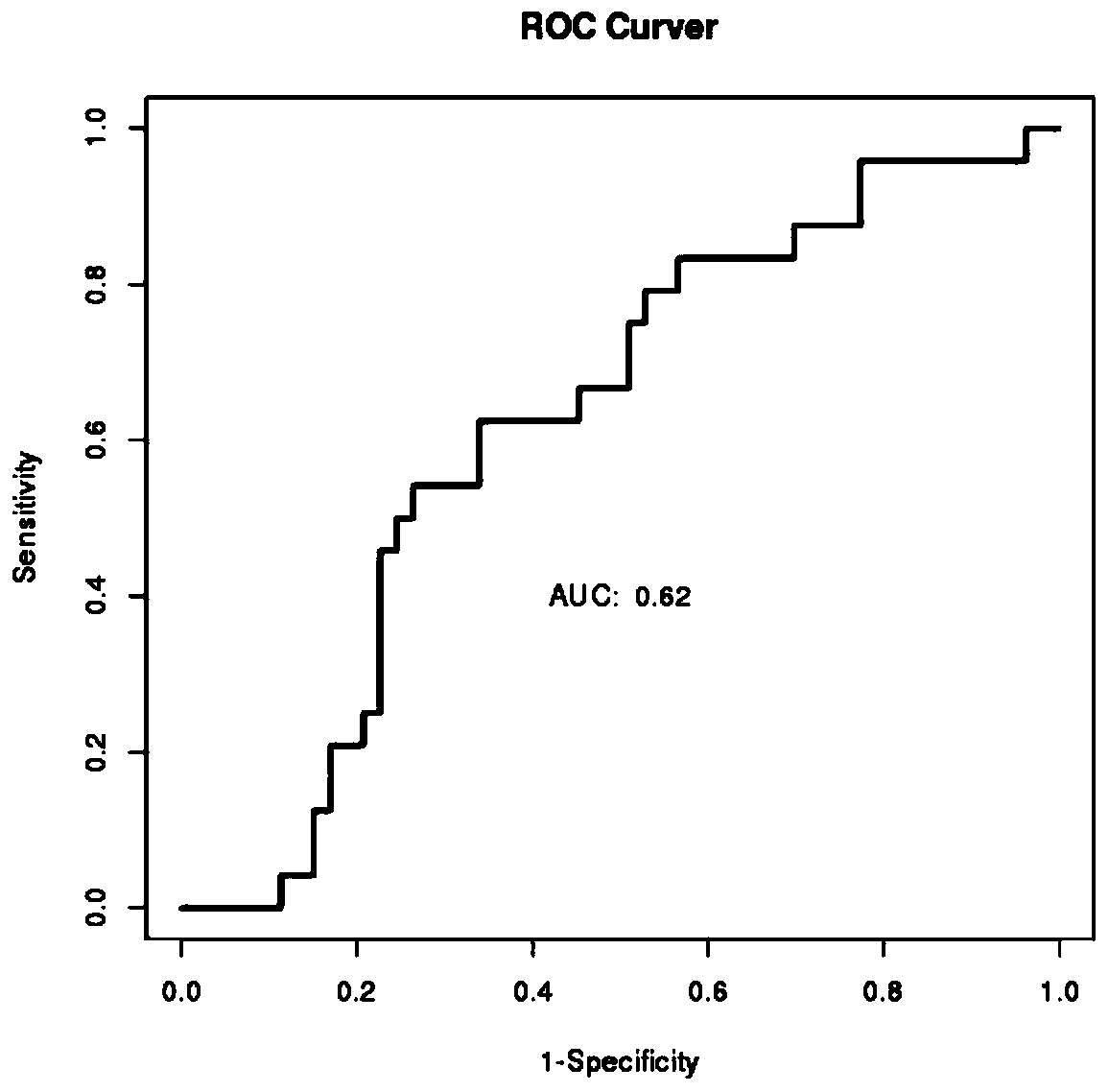Exosome RNA for colorectal adenoma diagnosis and application thereof
A colorectal and exosome technology, applied in the direction of DNA / RNA fragments, recombinant DNA technology, microbial measurement / inspection, etc., can solve problems such as limitations, missed diagnosis, and low risk
- Summary
- Abstract
- Description
- Claims
- Application Information
AI Technical Summary
Problems solved by technology
Method used
Image
Examples
Embodiment 1
[0046] Example 1 Screening of exosomal RNA molecular markers related to colorectal adenomas based on high-throughput sequencing
[0047]The blood from 15 cases of early colorectal adenoma patients and 15 cases of healthy subjects in the control group was not less than 10mL, and the plasma was separated by classical ultracentrifugation (Evaluation of circulating small extracellularvesicles derived miRNAs as biomarkers of early colon cancer: a comparison with plasma total miRNAs, L Min, S Zhu, L Chen, X Liu, R Wei, L Zhao, Y Yang, Z Zhang, G Kong, Journal of extracellular vesicles 8(1), 1643670) isolated exosomes in plasma , QIAGEN miRNeasy mini kit was used to extract RNA, and the prepared RNA was subjected to trace chain-specific long RNA sequencing (Evaluation of circulating small extracellular vesicles derived miRNAs as biomarkers of early colon cancer: a comparison with plasma total miRNAs, L Min, S Zhu, L Chen, X Liu, R Wei, L Zhao, Y Yang, Z Zhang, G Kong, Journal of extr...
Embodiment 2
[0050] Example 2 mRNA and lncRNA detection system based on fluorescence quantitative PCR platform
[0051] 1. Reverse transcription system
[0052] Using TAKARA's PrimeScript TM RT reagent Kit (Perfect Real Time) and PremixEx Taq TM (Probe qPCR) kit for reverse transcription and qPCR detection.
[0053] Prepare the reverse transcription reaction system according to the components listed in Table 2 (the reaction solution is prepared on ice), and then put it into the PCR machine for the reaction. The reaction conditions are 37°C for 60min, 85°C for 5s, 12°C∞, and the reverse transcription is completed. After adding 50 μL DEPC H 2 O dilution, take 3uL as template, carry out PCR reaction.
[0054] Table 2 Reverse transcription reaction system
[0055]
[0056]
[0057] 2. qPCR system
[0058] The primers and probes for detecting exosomal miRNA molecular markers include:
[0059] Primers and probes for detecting lnc-MKRN2-42:1: the upstream primer of the lnc-MKRN2-42:1...
Embodiment 3
[0071] Example 3 Using RNA molecular markers for early diagnosis and detection of colorectal adenomas
[0072] 1) Sample collection
[0073] Collect 10 mL of blood including hospital-diagnosed early (stage I and II) colorectal adenoma patients (24 cases), colorectal benign patients and healthy controls (53 cases in total), and separate plasma.
[0074] 2)Exosome RNA extraction
[0075] Plasma exosomes were isolated using Qiagen's commercial ExoEasy kit or Enzekangtai's Exosupur, and the isolated exosomes were extracted with Qiagen miReasy mini kit to extract RNA from exosomes, and Agilent 2100 was used to detect RNA concentration and mass, and record the RNA concentration.
[0076] 3) RNA two-step detection system
[0077] Using the mRNA and lncRNA detection system based on the fluorescence quantitative PCR platform in Example 2, the plasma exosomal RNA extracted in step 2) was detected, and the Ct value of the target RNA was detected.
[0078] 4) Result:
[0079] Plasma ...
PUM
 Login to View More
Login to View More Abstract
Description
Claims
Application Information
 Login to View More
Login to View More - R&D
- Intellectual Property
- Life Sciences
- Materials
- Tech Scout
- Unparalleled Data Quality
- Higher Quality Content
- 60% Fewer Hallucinations
Browse by: Latest US Patents, China's latest patents, Technical Efficacy Thesaurus, Application Domain, Technology Topic, Popular Technical Reports.
© 2025 PatSnap. All rights reserved.Legal|Privacy policy|Modern Slavery Act Transparency Statement|Sitemap|About US| Contact US: help@patsnap.com



